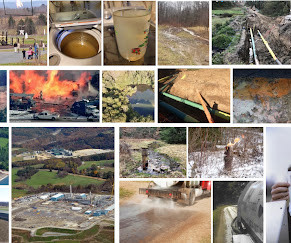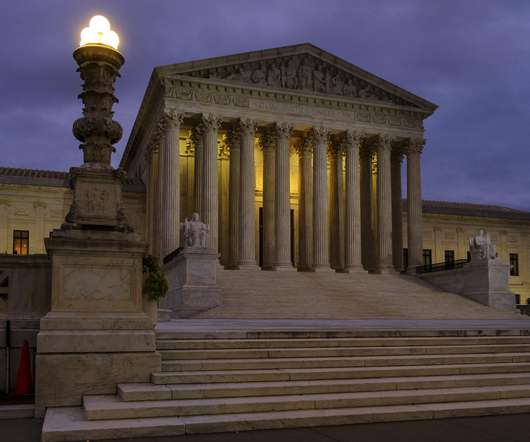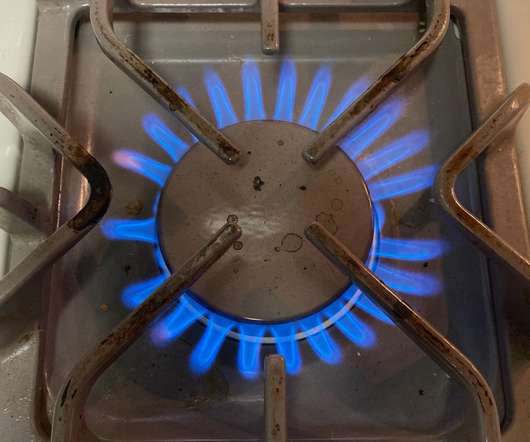EPA’s Power Plant Carbon Rules Are Critical—and Complex. Here’s What to Know, and What to Watch.
Union of Concerned Scientists
APRIL 20, 2023
Section 111 of the Clean Air Act constrains how EPA sets standards—but gives states wide latitude in implementation. Section 111 employs a two-phase process where, once EPA moves to regulate pollution from a new source—here, power plants—(111(b)), it is then required to regulate that pollution from existing sources, too (111(d)).
















Let's personalize your content